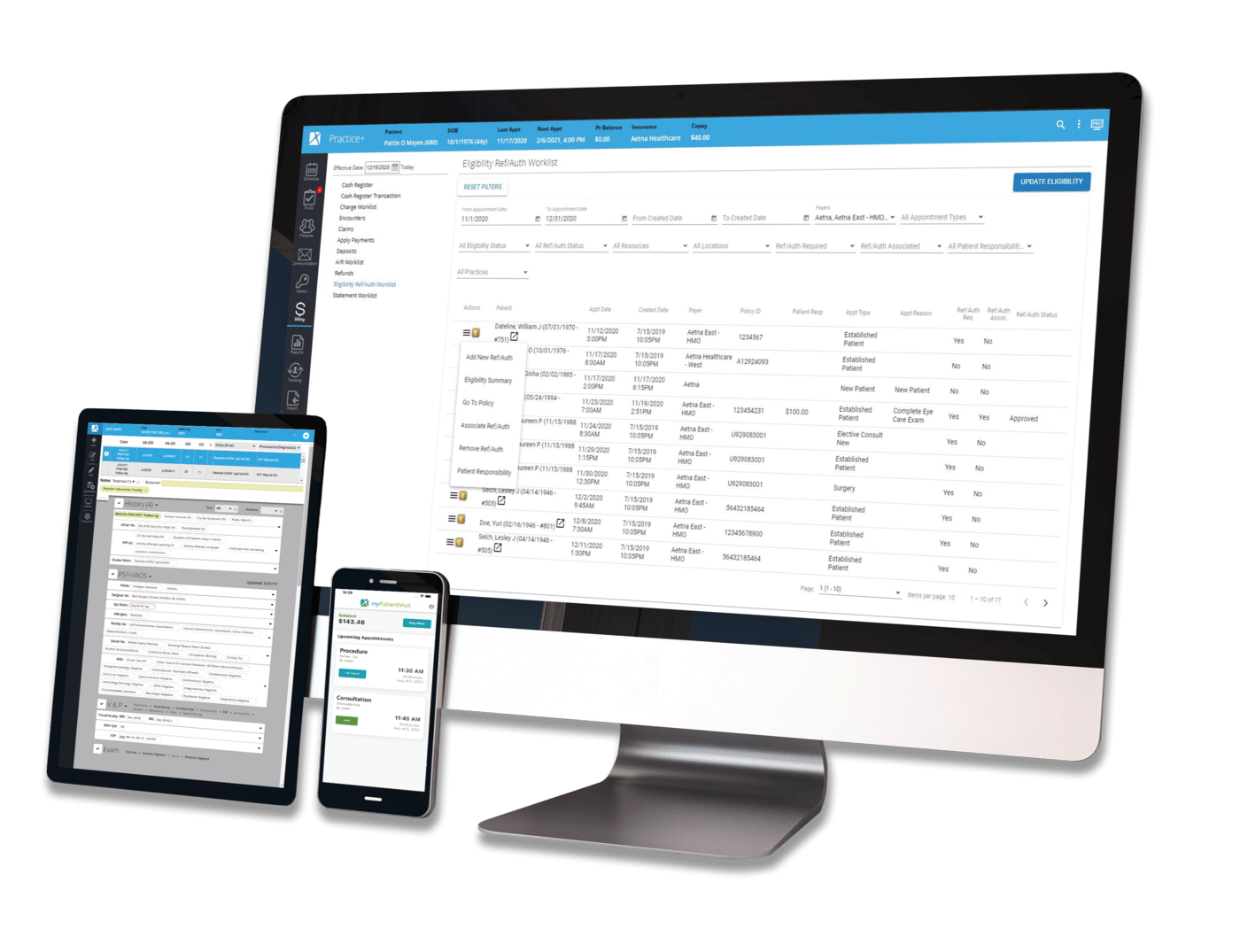Latest Articles
The latest news and information regarding electronic medical records, practice management software, HIPAA, and security from Nextech.

Regulatory & Compliance | Security & Data Management | Healthcare Technology
By:
Nextech
March 17th, 2015
Welcome to the final installment of this blog series—creating a healthcare BYOD policy. You need one of these for a number of reasons. First and foremost, it’s a HIPAA/PHI issue. All the security tools in the world are powerless in the face of human error, and mistakes happen. If and when you have a lost/stolen device, one of the first things HHS is probably going to ask for is a copy of your office’s BYOD policy. Trust me, “What policy?” is not an acceptable answer.

Security & Data Management | Healthcare Technology
By:
Nextech
March 16th, 2015
Anyone in the healthcare industry who plans on adopting a BYOD environment needs to be aware that HIPAA standards strongly recommend (though they do not require) “encryption of all corporate email, data, and documents, in transit and at rest, on all devices” that contain Protected Health Information (PHI). The law does not specifically state that they require you to have encryption. Instead, it just says that healthcare providers with BYOD are “asked” to have it. However, what do you think would happen when and if a PHI breach occurred because your office had a lost/stolen device that wasn’t encrypted? Do you think HHS would show mercy and just decide to let it pass this time?


Security | Regulatory & Compliance | Security & Data Management | Healthcare Technology
By:
Nextech
March 13th, 2015
Now that you’ve had some time to weigh the pros and cons of adopting BYOD, it is time to start working up an adoption plan. For any workplace, this requires researching and investing in certain mobile security tools. It also means addressing a number of key infrastructure and staff issues. Those in the healthcare industry must consider issues such as maintaining devices and network security, just as any other workplace would. However, those in healthcare have additional components they must take into consideration when it comes to BYOD—HIPAA compliance and securing Protected Health Information (PHI). As already mentioned in Part 1, HIPAA violations and PHI breaches can be extremely costly.

Security & Data Management | Healthcare Technology
By:
Nextech
March 12th, 2015
What is BYOD? For those who may not already be familiar with it, BYOD stands for “Bring Your Own Device,” and it refers to the practice of allowing employees to bring and utilize their own computing/mobile devices—smartphones, tablets, laptops, etc.—within the office/company to be used for business/work purposes, including allowing them to connect to a company’s secure network with said devices. A plethora of blogs and news articles on the topic of BYOD have been popping up all over the internet in recent years. While some articles express various apprehensions and concerns about BYOD, often claiming it presents an unsolvable security risk situation, a great many more of these articles point to BYOD as the “new normal,” a necessity of conducting business in the New Media Age. Whether for or against the practice of BYOD, however, it seems as if everyone is going to have to accept it at this point, because it looks like it’s here to stay.

By:
Nextech
March 11th, 2015
In a February series of Nextech webinars, James H. Leach – CEO of Detroit-based E&M Consulting, a national supplier of training in medical documentation and coding, shared his perspective on ICD-10. Presenting separately to providers in ophthalmology, dermatology and plastic surgery, Leach began each webinar with a helpful pointer on reference materials and good advice about “diving in.” In his opening comments:

By:
Nextech
March 10th, 2015
Hello, and welcome to the Nextech blog! Today we will be discussing key differences between ICD-9 and ICD-10. As you probably already know, the largest single difference between these two coding languages is that ICD-10 is far more expansive than the over 30 year old ICD-9 code set. ICD-9, with a total of 14,000 diagnosis codes and 4,000 procedure codes, is somewhat limited in its ability to describe and denote patient conditions and procedures. ICD-10 will be able to generate 68,000 diagnosis codes and 87,000 procedure codes. This added range of capability is due to an expansion of the coding structure. The transition, scheduled for October 1, 2015, is still a daunting undertaking for those who did not move to electronic medical records for Meaningful Use. Nextech has a unique approach to simplifying ICD-10 by building codes for you while you chart. Thanks for watching the Nextech blog, and be sure to check out our other ICD-10 resources.

By:
Nextech
March 9th, 2015
Yelp is a popular application for crowd-sourced reviews of restaurants, retail stores and a wide array of other local businesses; however, it is also growing in prominence among healthcare providers. It utilizes a word-of-mouth approach to allow patients to give their opinions concerning patient engagement, quality of care and any other aspect of the practice, and it serves as an essential application for patients searching for everything from general practitioners to dermatology specialists.

By:
Nextech
March 6th, 2015
Any individual who has spent a number of years as a medical professional will tell you that no two doctor-patient relationships are going to be exactly the same. Working in health care, you have the opportunity to interact with individuals from all backgrounds. So in order to provide the appropriate type of care, you'll need a varied and flexible skill set as a provider. Among the largest determining factors in how you interact with a patient is his or her age. Young patients or children will require a different sort of approach than adults, as will senior citizens. If your practice treats a wide range of patients, than it is particularly important to understand generational differences.